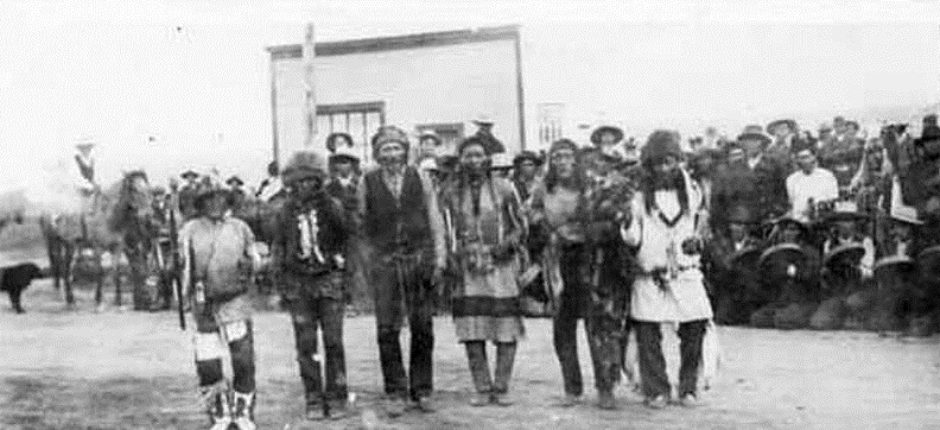October 30, 2018
Hailey Mills was about to fall asleep one night when she felt someone get into bed and lie down beside her.
When she opened her eyes, no one was there.
“I froze and prayed that I’d go to sleep really fast,” she said.
Mills had just moved into her home in southeast Edmonton with her three boys.
She didn’t think anything strange was happening, at first. But for the next 17 years, Mills said, she and her children experienced what she called supernatural events at the home on 22nd Avenue near 54th Street.
“People would stay over at our house and would get touched [by something],” she said.
“They would see a little boy in the living room during the night. One night I woke up, and it would happen a couple of times, where I would see in the hallway a dark figure just standing there.”
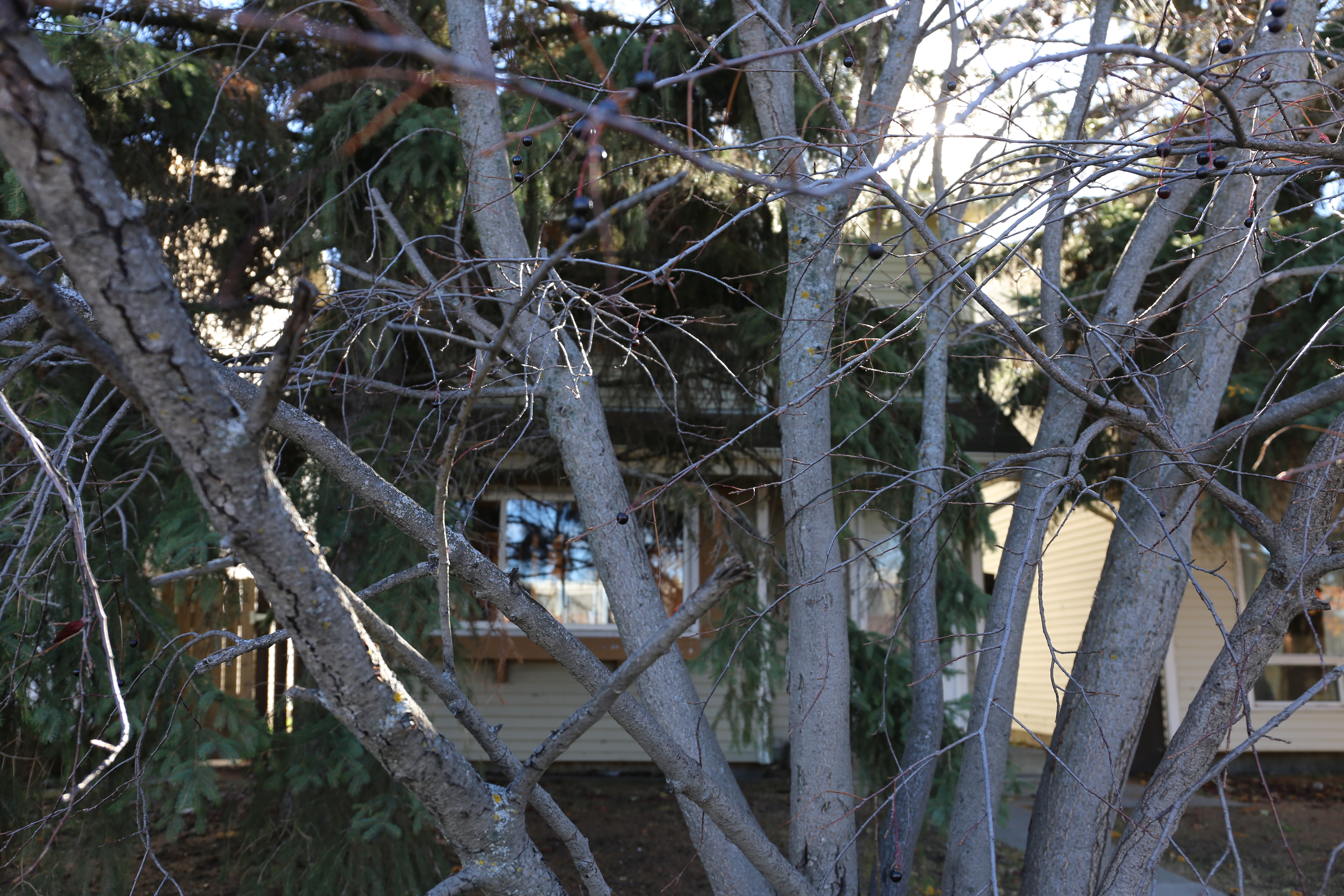
She only told a few friends from her church about the unexplained happenings. They even held prayer groups at her house in an attempt to pacify what they believe were spirits.
“People would come into my house not believing my house was haunted, and they would leave knowing that ghosts were real,” she said.
After a few years, Mills began researching the history of the area and discovered it was once the reserve land set aside for her ancestors from the Papaschase Band.
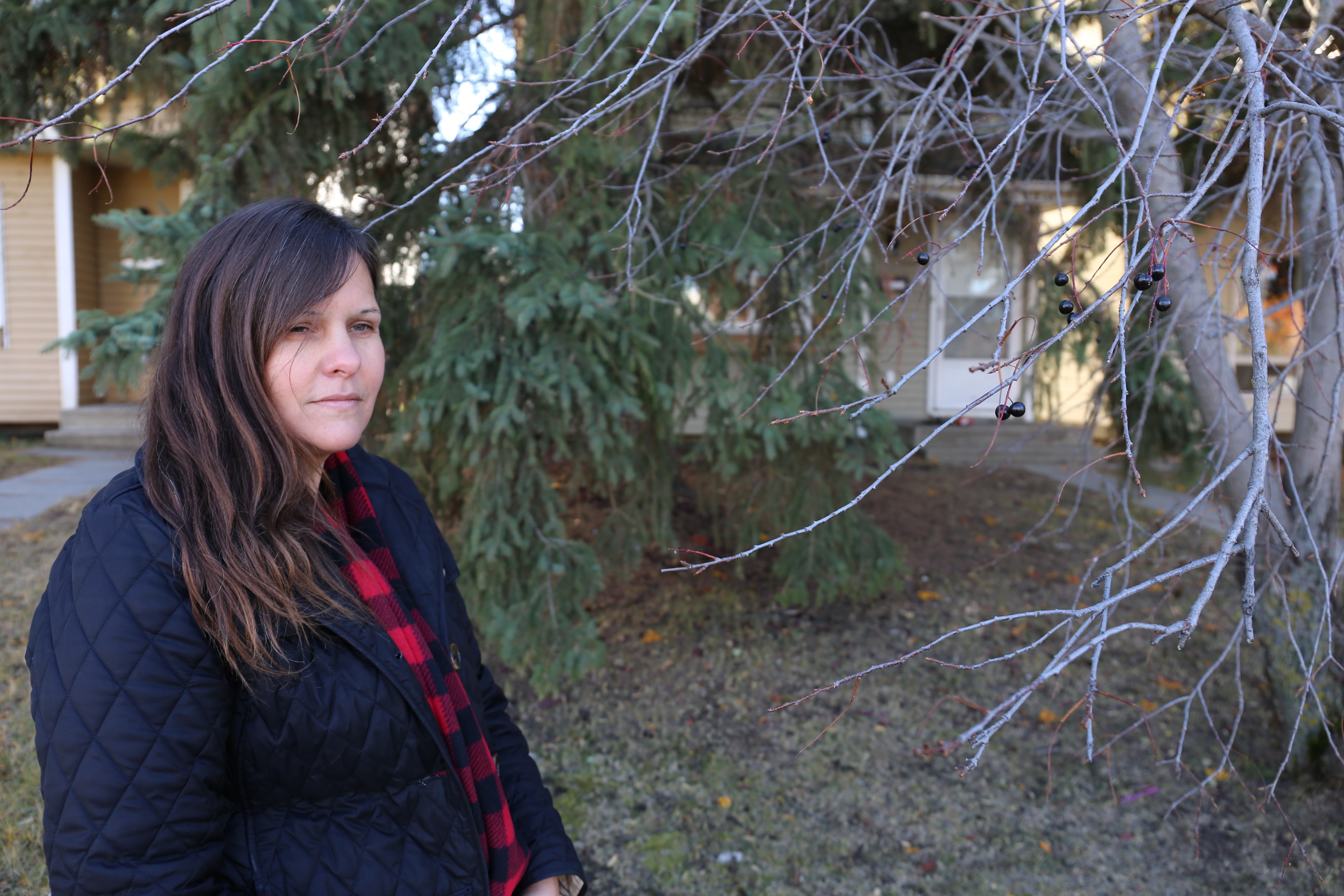
She eventually got in touch with Papaschase Chief Calvin Bruneau and told him what had happened.
Bruneau said her accounts of supernatural activities were similar to stories he'd heard from others living in southeast Edmonton.
One of those residents was Julie Davis, whose sister lived near 18th Avenue and 54th Street in the 1970s.
She recalls her sister talking about seeing a “ghostly figure” over her niece’s crib and doors slamming shut by themselves.
Bruneau believes the supernatural happenings in homes in southeast Edmonton might be the result of disturbed burial site lands.
“That’s usually one indicator of burials,” said the chief.

History of Papaschase band
The Papaschase people moved in the 1850s from the Lesser Slave Lake region to the area around what was then Fort Edmonton.
Chief Papaschase signed an adhesion to Treaty 6 at Fort Edmonton in 1877. A year later, surveyors with the federal government were sent out to find reserve land for the band, according to the Papaschase First Nation history.
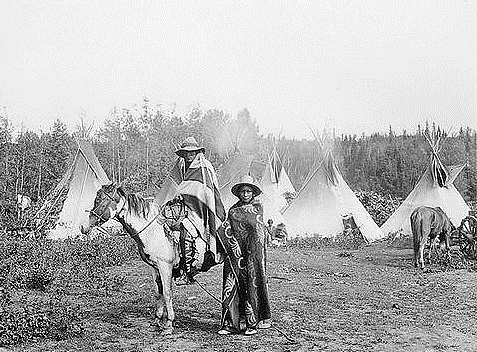
The Papaschase band were eventually relocated to what is now southeast Edmonton.
The area was home to Bruneau's ancestors for several years, leading him to believe there is a good chance there could be more than one burial site.
“We know there were 31 buried near Rossdale," he said. "In our own family tree, it says they’re buried ‘in the plains,’ so they could be anywhere. There could be a number of spots in south Edmonton that are burial areas.”
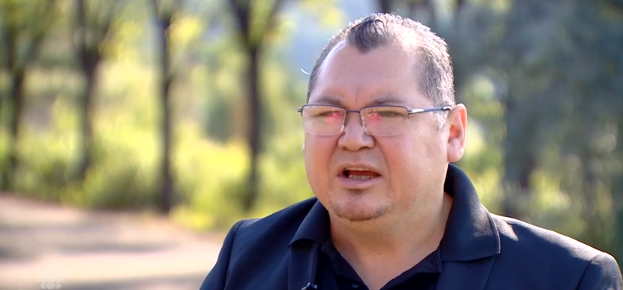
According to Bruneau, Cree burial practices include burying the deceased on a hill, overlooking water.
He and other band members believe that one of their ancestors’ burial sites could be located near Blackmud Creek around 23rd Avenue. The area was part of the reserve and close to water, and a local history book said an “Indian cemetery” was once found in the area.
The band is hoping to find their ancestors as part of their ongoing push to be recognized by the federal government as an official First Nation.
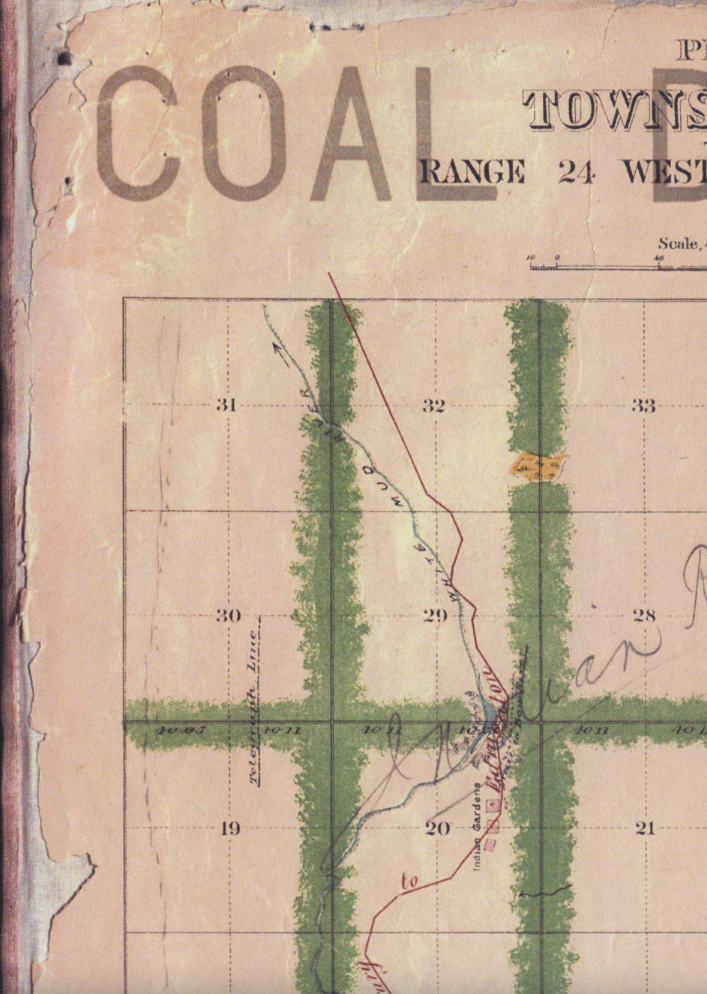
Researching below the surface
The Papaschase chief and the band are now working with Kisha Supernant, an associate professor in anthropology at the University of Alberta.
She and two graduate students have spent the last two months analyzing historical maps, aerial photos and other historical documents related to a parcel of land near Blackmud Creek once known as Quadrant 31.
“This is just the beginning of the process of trying to understand the different places in southern Edmonton that Papaschase may have lived and buried people,” Supernant said.
“We want to protect these areas to make sure they’re not further disturbed and they’re marked as important Papaschase places.”
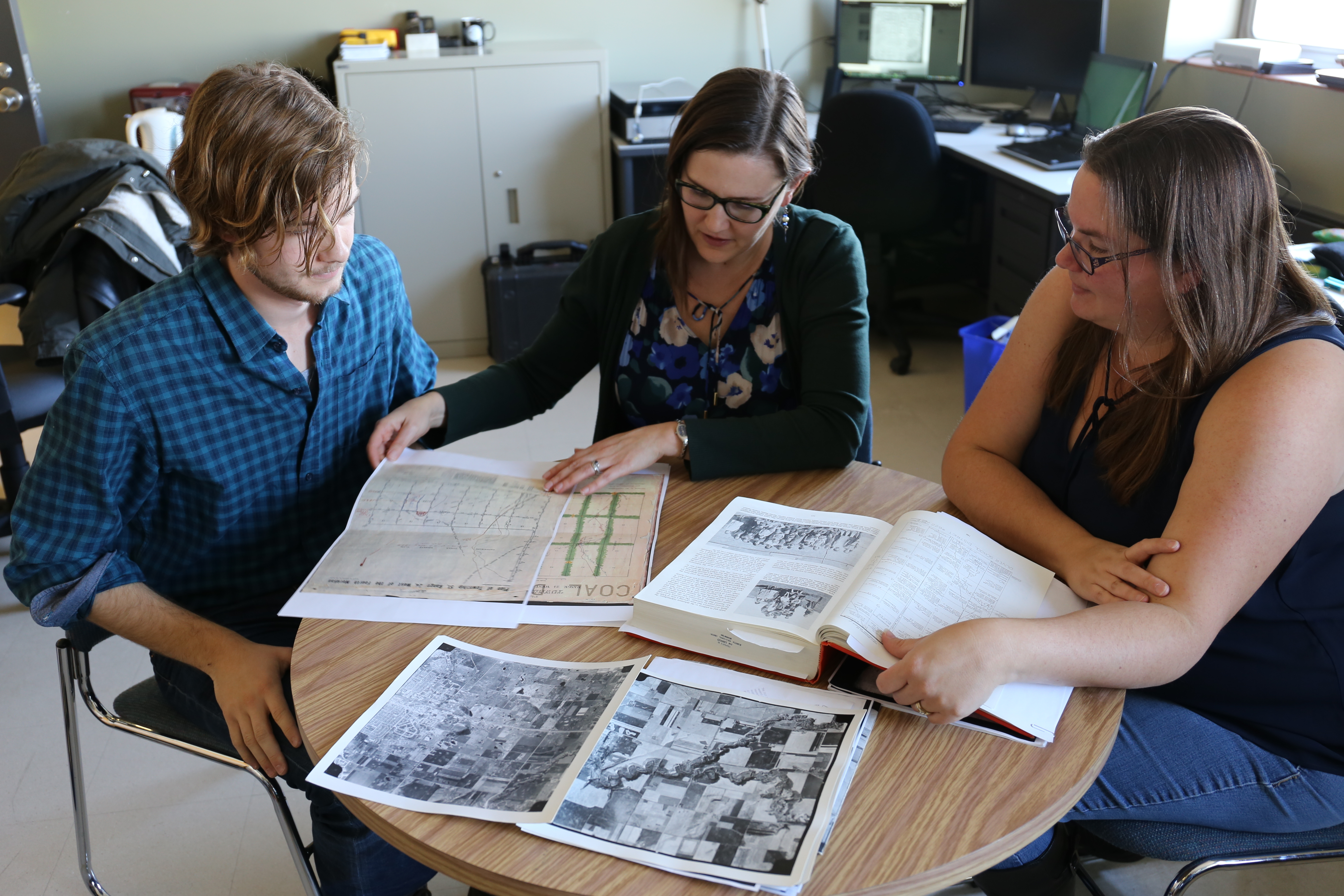
Stories from band members, residents and historical documents suggest there could be a burial site in an area around what is now the Taylor College and Seminary on 115th Street near 23rd Avenue.
One account written by landowner Austin Toan in a 1983 historical book titled South Edmonton Saga suggests a specific parcel of land once owned by his family as a possible burial site. The farmer described a dugout on the land, according to testimony compiled by local historians involved with the Papaschase Historical Society (unrelated to Papaschase band).
“The reason for this dugout is unknown but many artifacts chiseled of stone were found such as arrowheads, also other pieces,” Toan wrote in the book.
“The Papaschase reserve had a cemetery on the east side of Blackmud Creek,” he wrote. “In 1912, some of the graves still had handmade wooden crosses. This area was never confirmed as a cemetery but why the wooden crosses?”
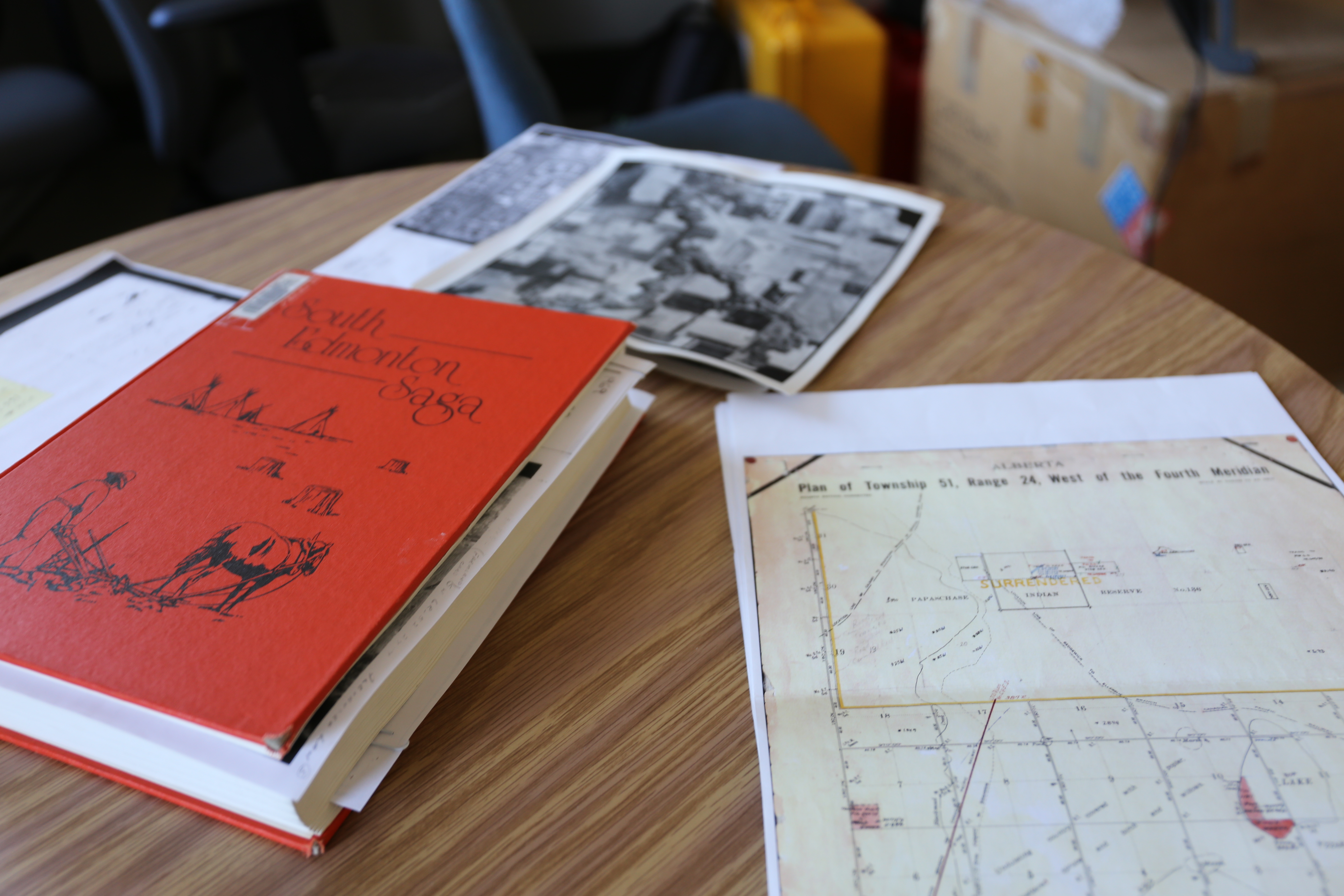
It’s a question the U of A team hopes to answer on behalf of the Papaschase band.
If granted permission to access the land, the researchers could do a survey using ground penetrating radar (GPR) technology that examines what’s beneath the soil.
“Basically, you start to build a map of the subsurface,” said William Wadsworth, a student working on the project. "With different changes in the soil and potentially a burial ground, you could start to see grave shafts.”

But there are challenges in doing a survey.
“If there’s any concrete foundations and things underneath them, the equipment we have can’t penetrate that,” said Supernant, who is also a Papaschase descendent.
Erosion or a disturbance of the soil in the area could also make it hard to find any burial sites in the area, if they exist.

Bruneau hopes to discuss surveying the site at Taylor College and Seminary in search of a burial site.
The researchers say they're committed to learning the area’s history and discovering if a Papaschase burial site does exist.
Kathy Gadd, the second U of A student working on this project, said it’s important to find the answers on behalf of the Papaschase.
“It’s the history of Edmonton and how we got here,” she said.
